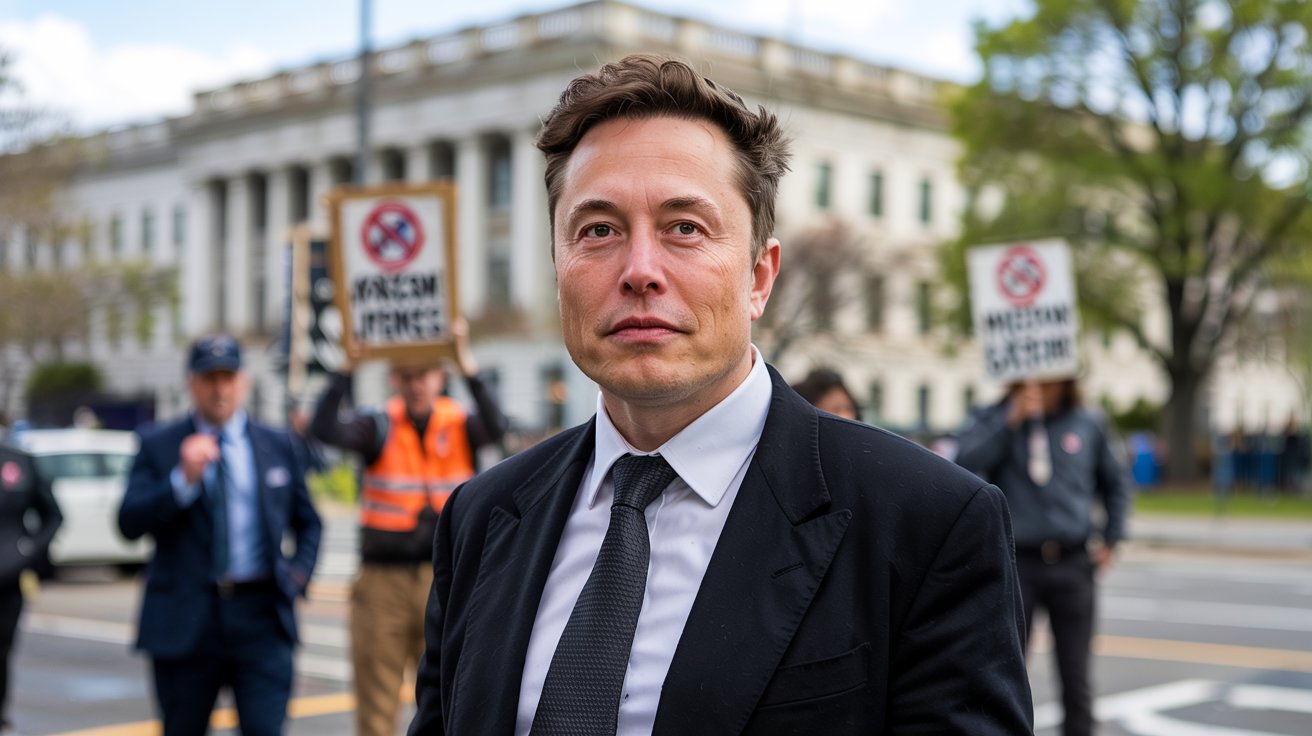Elon Musk’s Department of Government Efficiency (DOGE) is currently under intense scrutiny due to significant workforce reductions across multiple federal agencies. These actions have led to legal challenges and raised concerns about their impact on essential public services.
Understanding the Department of Government Efficiency (DOGE)
Established in early 2025 under President Donald Trump’s administration, the Department of Government Efficiency (DOGE) was tasked with streamlining federal operations and reducing government spending. Elon Musk was appointed to lead this initiative, bringing his reputation for innovation to the federal landscape.
Key Objectives of DOGE:
- Reduce Federal Expenditures: Identify and eliminate unnecessary spending within government agencies.
- Consolidate Agencies: Merge overlapping departments to enhance efficiency.
- Implement Technological Solutions: Introduce advanced technologies to modernize government operations.
The Controversial Workforce Reductions
In pursuit of its objectives, DOGE implemented extensive workforce reductions, affecting numerous federal agencies. Notably, the Social Security Administration (SSA) experienced a 12% staff reduction, equating to approximately 7,000 employees. These cuts were intended to streamline operations but have raised significant concerns about the delivery of essential services.
Impact on SSA Services:
- Increased Processing Times: Fewer staff members have led to longer wait times for benefit claims.
- Reduced Customer Support: Beneficiaries face challenges in accessing assistance due to limited personnel.
- Closure of Field Offices: Some local SSA offices have been closed, limiting in-person service options.
Legal Challenges and Public Outcry
The workforce reductions have prompted several legal challenges, with plaintiffs arguing that the cuts violate constitutional rights and disproportionately affect vulnerable populations.
Key Legal Arguments:
- Violation of Due Process: Abrupt terminations without adequate notice or justification may infringe upon employees’ rights.
- Discrimination Claims: Allegations that the cuts disproportionately impact disabled individuals who rely heavily on SSA services.
- Overreach of Executive Power: Concerns that DOGE’s actions exceed the authority granted to the executive branch.
In response to these challenges, federal courts have intervened, demanding that DOGE provide justifications for the layoffs and, in some cases, ordering the reinstatement of employees.
Broader Implications for Public Services
Beyond the SSA, other agencies have also been affected by DOGE’s initiatives. For instance, the Department of Health and Human Services (HHS) faced mass firings that led to confusion and disruption of critical public health functions.
Potential Consequences:
- Erosion of Public Trust: Sudden and significant cuts may lead to skepticism about the government’s commitment to public welfare.
- Compromised Service Delivery: Reduced staffing can hinder the effectiveness of essential programs and services.
- Legal Precedents: Ongoing lawsuits may set important precedents regarding the limits of executive power in restructuring government agencies.
Conclusion: Navigating the Path Forward
The actions of Elon Musk’s Department of Government Efficiency have sparked a complex debate about the balance between governmental efficiency and the preservation of essential public services. As legal battles unfold and public discourse continues, the outcomes will likely have lasting implications for federal operations and the citizens who rely on them.
[USnewsSphere.com / TG]





